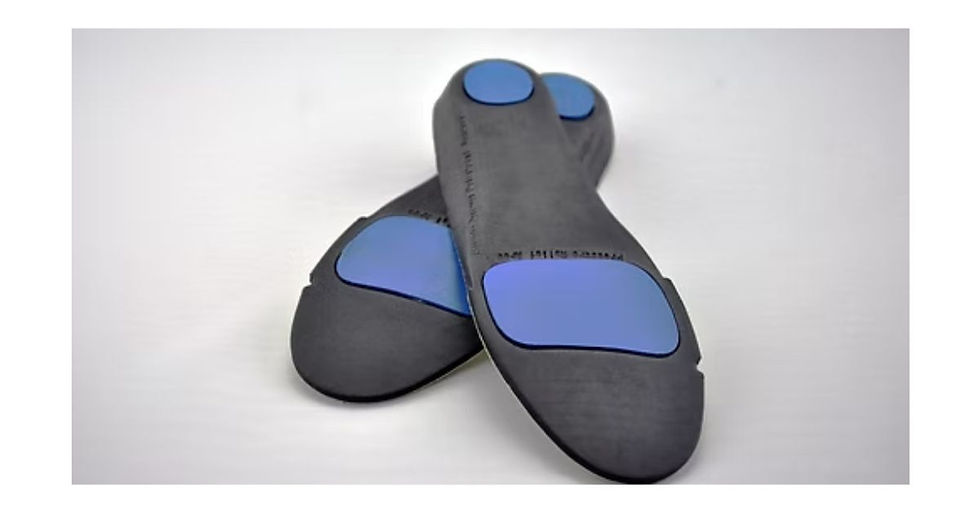Reasons for Amputation and the procedure
- Lifeforce Hub Singapore

- Jan 2, 2020
- 3 min read
Updated: Oct 5, 2023

Amputation is the surgical removal of a limb because of trauma or medical complications. The limb may be completely or partially removed, and a partial removal will leave some soft tissue or stump. What are the common reasons for amputation? How are amputations done? What are the implications of having a prosthetic leg or arm fitted? This guide to amputations will answer all these commonly asked questions.
Common Reasons for Amputation
Trauma/Accident
In cases whereby an arm or leg has been severely crushed or deformed by a heavy or sharp object or even in cases of explosions or warzones, removing the affected limb may be crucial in saving the life of the victim. Amputation is typically carried out immediately or within days of the accident.
Dead Tissues
The possible reasons for the death of tissues in a limb are diabetes, gangrene or atherosclerosis, when fatty material builds up inside the arterial walls. The flow of blood to the area will be restricted which will result in infection and lead to dead tissues in the limb.
In diabetes patients, the possibility of developing Peripheral Artery Disease is very high, and this causes dilation of the blood vessels in the legs and feet that lead to reduced blood flow to the area. It is important, therefore, that diabetes patients manage their condition diligently to prevent amputation. As most diabetes-related amputations involve the legs, many amputees will choose to have a prosthetic leg fitted post-amputation surgery.

The Amputation Procedure
Some factors that medical professionals will consider before taking on the task of an amputation include
the overall physical health of the victim and this is determined via several medical tests;
mental health of the patient and whether he/she is ready to cope with the psychological and physiological effects of the amputation
the condition of the healthy limb as it will have to endure additional stress with the removal of the injured side.
Surgery
An amputation may be done under general anesthetic or epidural anesthetic (for amputation of the lower limbs). An incision is made around the injured and unsalvageable part of the limb that is to be amputated and is removed with the exposed bone tissue smoothened out. The raw part of the bone is covered with a flap constructed of connective tissue, skin, and muscle; stitches are made to seal the flap, and these stitches will stay on for a month to allow the tissues to heal completely.
Post-Surgery
The patient will be prescribed antibiotics to prevent infection of the wound and painkillers for pain management. As amputation is a major surgery, the patient is expected to remain in the hospital for inpatient post-surgery care for up to 2 weeks; during this time, the patient will be taught how to take proper care of the stump, get in touch with help groups and start on the rehabilitation process which will start as soon as possible at least 3 days post-surgery.
Prosthetic Leg or Arm
Amputees have the option of having a prosthetic leg or arm fitted to replace the part that has been removed. The type of prosthetic to choose depends on the following factors:
the amputee’s activity level
the physical size of the patient
the overall muscle strength of the amputee
A Prosthetist will provide adequate information and advice on the suitable model and type of knee joint for the patient based on the above factors. Post-surgery care for the stump will commence after the amputation surgery and continue until the stump is ready for measurements to be taken. The entire process may take a few months, and once the prosthesis has been fitted, patients will begin their physiotherapy sessions.
For an amputee, the entire process of having a limb amputated is stressful and traumatic. It is important that friends and family provide support and encouragement to alleviate the pain that is felt both mentally and physically.
It is vital for patients who choose to have a prosthetic limb fitted to be provided with proper care and information in order to better adjust to life with a prosthetic leg or arm. That support system is available at Lifeforce Limbs and Rehab.
Click here for - Prosthetic Arm




Comments